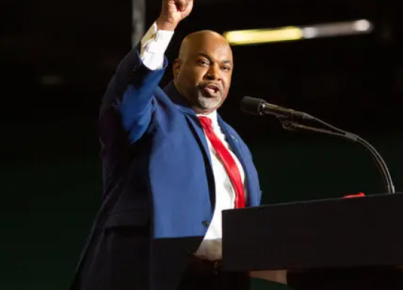With the ongoing political debates and discussions in the United States, one cannot help but wonder what another term for President Trump might mean for the country. One key area to evaluate is education. In this article, we delve into the policies and decisions that took place during President Trump’s first term and how a continuation of his presidency might impact education in America.
Policy 1: School Choice
A foremost policy of the Trump administration in the realm of education has been promoting school choice. The emphasis was on giving parents and students more decision-making power over which school to attend, whether it be traditional public schools, private schools, or charter schools. Another term under this administration could potentially translate into further expansions of school choice programs and additional resources allocated to this administration’s favored institutions.
Policy 2: Higher Education Act Reforms
The Trump administration had expressed its interest in reforming the Higher Education Act of 1965. Proposed changes included simplifying financial aid programs, supporting innovative pathways to college success, and encouraging colleges to share risk in student loan outcomes. If re-elected for another term, these intentions may come to fruition, causing a significant shift in higher education policies.
Policy 3: Reducing Federal Involvement in Education
During President Trump’s first term, his administration sought to minimize federal intervention in education by minimizing the role of the Department of Education. This objective was reflected in budget proposals that aimed at cutting funding for various educational programs and activities. The continuation of this approach could lead to even more diminished federal support, leaving states and local districts struggling with reduced resources.
Policy 4: Higher Emphasis on Career-Technical Education (CTE)
President Trump has advocated for a shift in focus towards career-technical education instead of encouraging every student to pursue a traditional four-year college degree. This emphasis on CTE could result in additional funding directed towards programs like apprenticeships, trade schools, and certification programs that prepare students for skilled jobs in high-demand industries.
Policy 5: Title IX Enforcement
The Trump administration has been working on a new set of Title IX regulations that govern how educational institutions approach matters of sexual assault and harassment. If re-elected, it is likely that these changes will be implemented, affecting the manner in which schools handle these serious cases.
Conclusion
Another term for President Trump would lead to significant implications for education in the United States. The direction of reform, funding allocation, and federal involvement in education will undoubtedly shape the nation’s educational landscape for years to come. It is crucial for American citizens to stay informed about proposed changes and actively engage in the discussions surrounding such policies. Ultimately, the collective vision of a well-educated and skilled population depends on public consensus and unity in shaping education’s future course.


